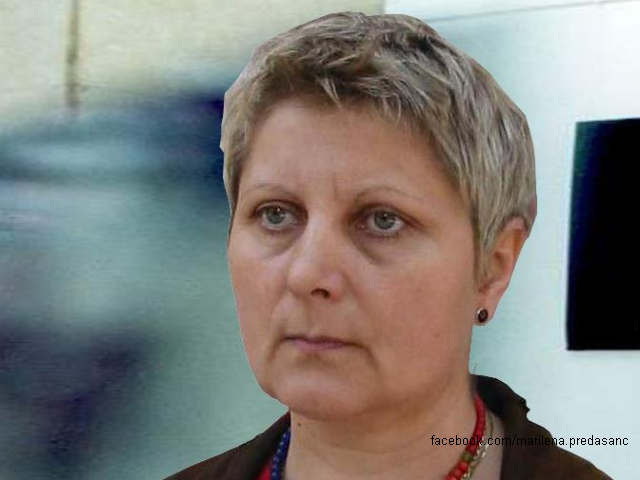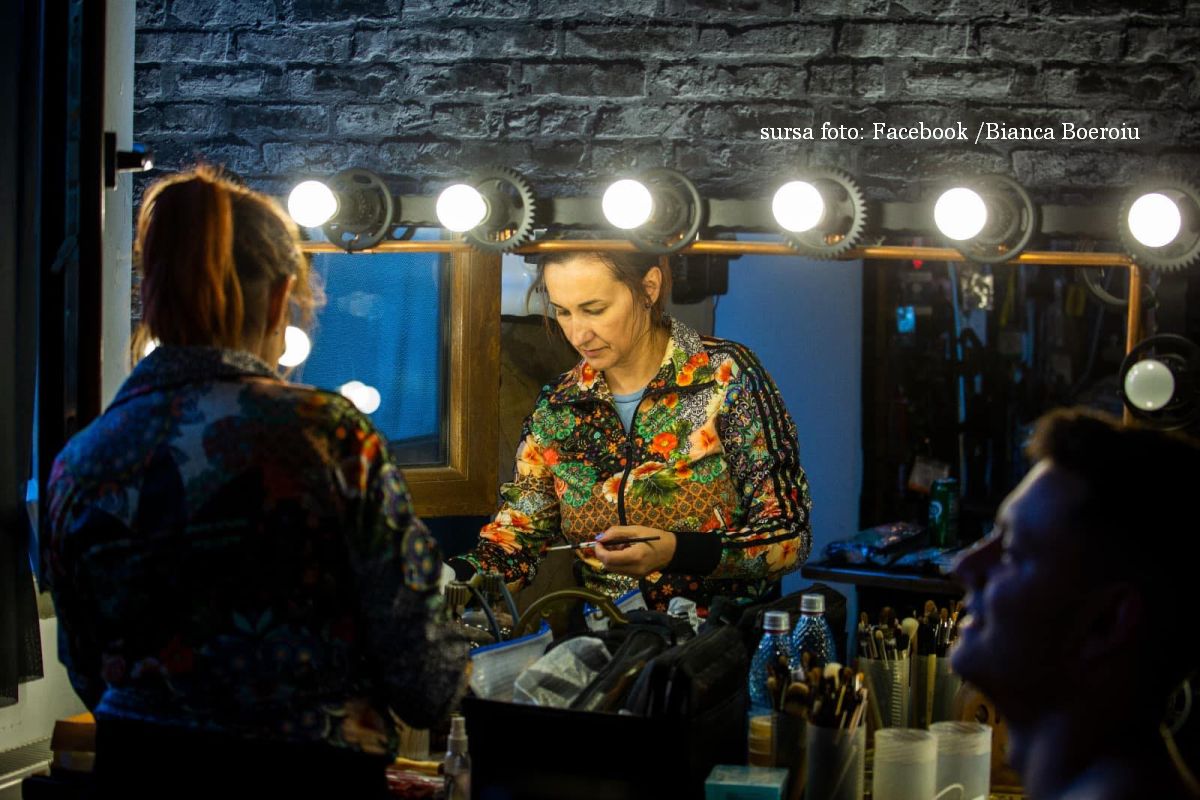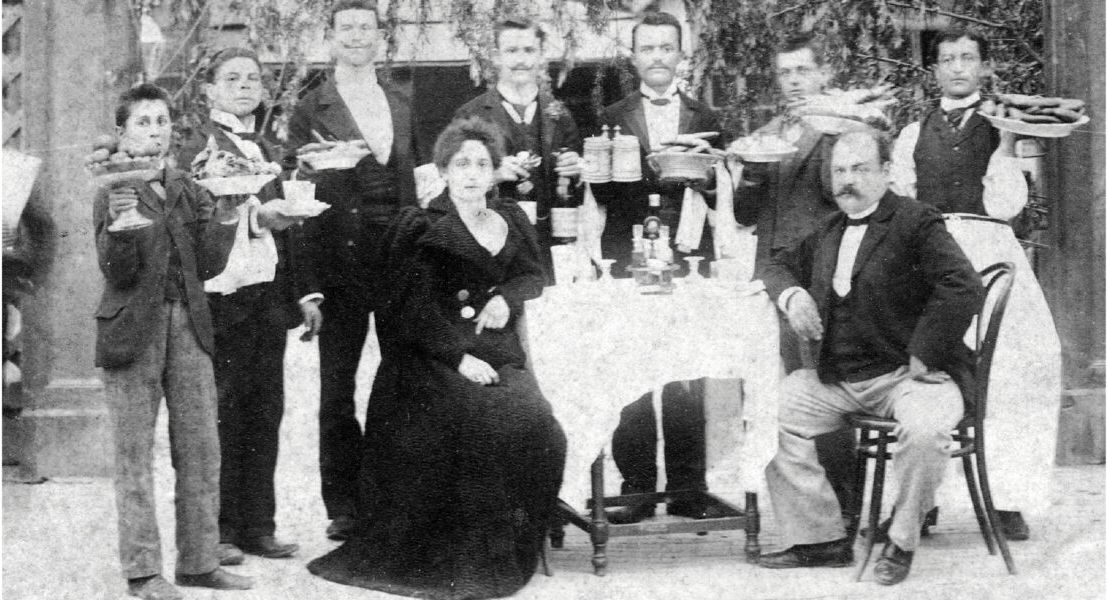Visual arts in the feminine
Our segment today features contemporary artist Marilena Preda-Sânc

Monica Chiorpec, 07.09.2019, 14:00
Visual arts in Romania have
been influenced by various factors in various times. Censorship in the
communist years and the freedom of expression gained following the events of
December 1989, the pressure of staying true to a particular movement and the
freedom of expressing your own artistic beliefs, all these have shaped the works
of successive generations of artists. Seen as the first to approach the theme
of feminism in Romania, Marilena Preda-Sanc is also highly appreciated as one
of the most important contemporary Romanian artists. Marilena Preda-Sanc:
My artistic practice
started in 1980. Ever since my first solo exhibition, I have tried to express
myself through various artistic media, and I think this is what defines my
entire work. I have been very interested in the message and in what I was
attempting to say, and I tried to find the best form of artistic expression for
it. So in this respect, I have been interested in experimentation. Artistic
practices are very diverse, going from drawing to traditional painting, to art
books, photography, performance and installation. I have taught and I have
taken great interest in art in public spaces. This includes all kinds of
temporary events and performances happening in a public space. What I see as
the most important to an artist is freedom. The freedom of creating, the
freedom of waking up in the morning and doing whatever you choose. Freedom from
trends, from clichés, from the entire coercive system, be it ideological or
generated by the contemporary consumer society.
For Claudia Braileanu, a
representative of the new generation of visual artists in Romania, the concept
of freedom goes well beyond one’s personal space. Her experience in Germany
helped shape her work in the field of visual arts:
I don’t necessarily mean
the freedom to create, but rather the freedom to learn. It’s not so much the
fact that I wouldn’t want to be limited to a particular area or a particular
project. It’s simply about being able to move around and find out things which
can guide me towards new areas to explore and to become familiar with. Given my
background in painting, I started doing this because painting is precisely what
had drawn me to the field of visual arts in the first place. I studied in
Bucharest, at the National Arts University. Then there was another, equally
important experience for me, namely the scholarship at the Arts Academy in
Leipzig. This is where I tried to experiment things that I had not been very
familiar with. I have written texts for performances. I was in a visual art class
that tapped into various media. We worked with painting, objects and even text.
Social involvement is important for the young
generation of visual artists too. Due to the unlimited possibilities offered by
new technologies, Claudia Braileanu includes in her paintings an aesthetic that
emerged in the virtual space:
I picked a course called Social and Humour. It
was something I hadn’t done in the past. In fact, in this entire context I
found a means of expression that I then brought into my painting even though
what I experienced there was totally different. It was a totally different
aesthetic in the way in which I looked at this idea of repetition, which was
very important for me, and I tried to treat the social side through this idea
of repetition. A structure that repeats itself generates a certain pattern
which changes in time. Repetition changes a pattern. For me it is an organic
thing, which I have integrated into my painting. This is how I got to the
project I’m working on now, which started two years ago. It was just painting
at first, but now it is also digital.
Marilena Preda-Sanc has had exhibitions in
prestigious galleries all over the world, such as Kultur Kontakt Vienna, Ernst
Museum Budapest, Valparaiso Biennale, International Art Centre of Kyoto,
Propaganda Warsaw, and Kunsthalle Nurnberg. As a young artist trained in the 1970s
and ’80s, Marilena Preda-Sanc came into contact with the feminist ideas of that
era:
When I started to make my first photos and
interventions, in 1983, I knew nothing of feminism. However, it was an inner
state, a strong feeling, I felt I had to do that. I’ve always thought of myself
as an opinion leader in my gender. I did it with empathy towards others.
Speaking of which, it is what I practice in all I do as a visual
representation, this is what I wish for. Of course, after 1990, when I met some
theoreticians, such as Mihaela Miroiu, towards whom I feel a deep attachment,
or Laura Grunberg, I managed to travel, to understand the phenomenon. That is
when I became aware of what I was doing, and things became more applied. That
is how I got this label of feminist. I don’t understand feminism from the aggressive
perspective, practiced mainly in the ’70s, but, as I wrote or curated in
exhibitions, I understand it rather from the eco-feminist perspective, a
certain deep ecology. I think it is essential.
The everyday and cultural experience that Marilena
Preda-Sanc and Claudia Braileanu transpose into visual art are offered to the
public from the perspective of two different generations of artists. Which is
important beyond the means of expression, it is a dialogue between two eras to
which the artists belong.






























